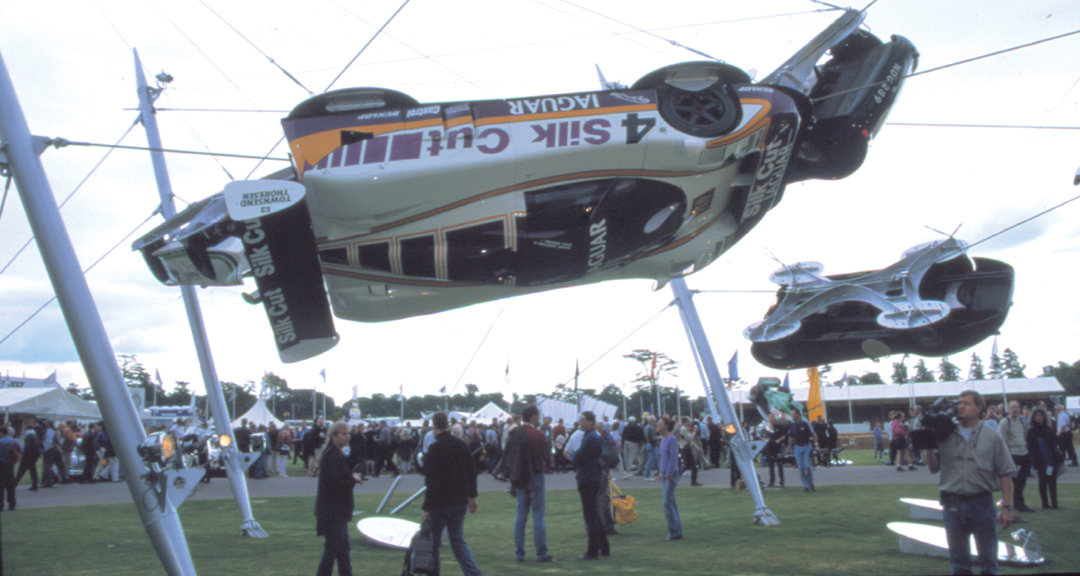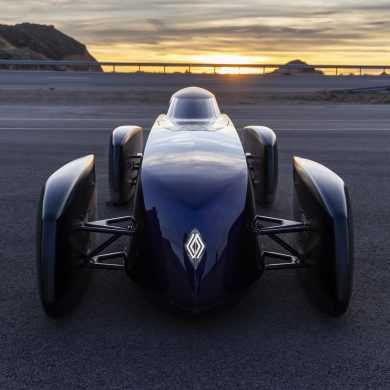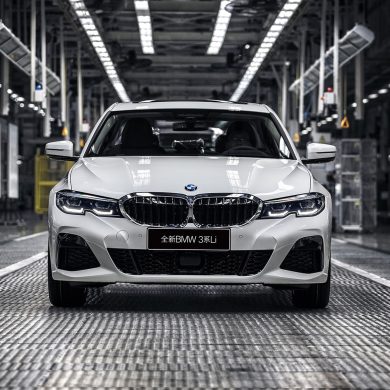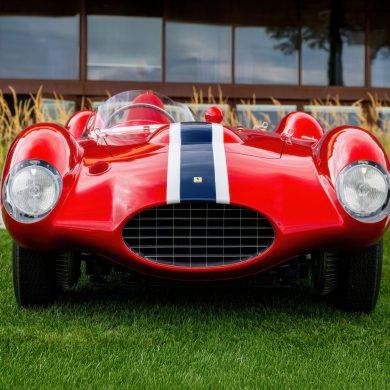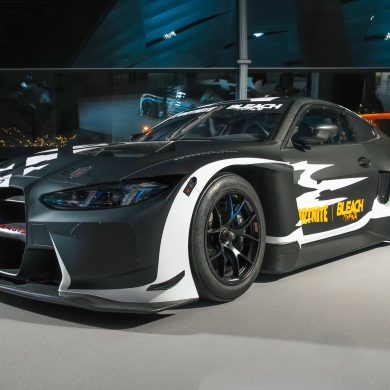While the 2000 edition of Lord March’s Festival of Speed will be remembered by many as the year of disaster, there is still no denying that Goodwood pulls together one of the best collections of racing, road and experimental cars and the associated personalities of any event in the world.
Lord March assembled a vast array of historic, interesting and even strange vehicles, everything from the early 20th Century Paris to Vienna Road Race Renaults and Napiers to the General Motors trio of experimental Firebirds, to the latest Jaguar, Williams and McLaren F1 cars.
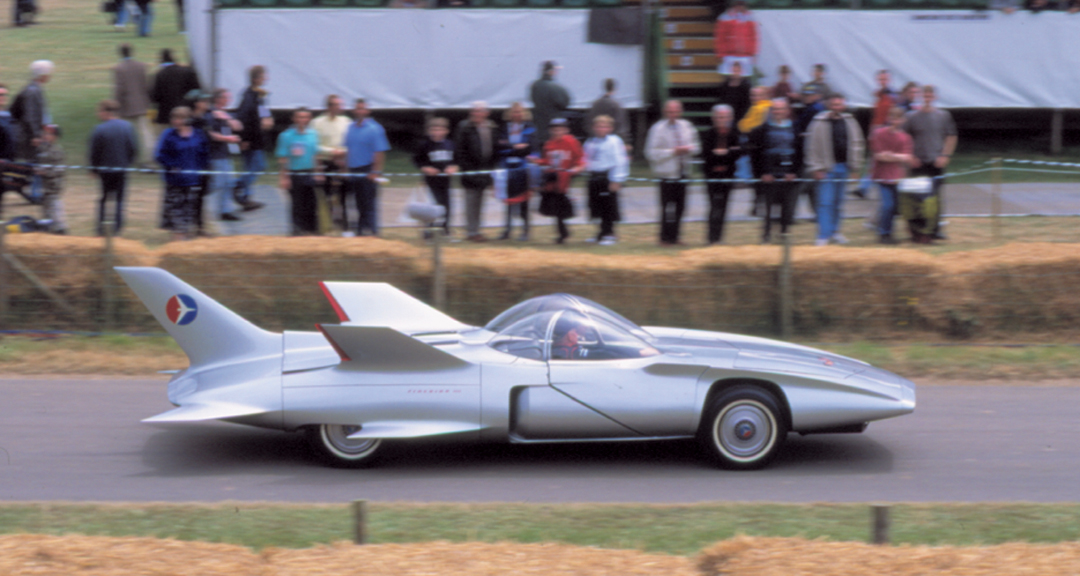
Photo: Peter Collins
American racecars had a bigger influence this year, with early Indy Sunbeams including the 1915 4th place machine and a Peugeot, which won the 1913 race. The Miller 122 GP 2.6-liter car of Count Zborowski, which won at Brooklands was on hand, along with the Peter de Paolo “Banana Split” Duesenberg from 1924 and the 1928 Derby Miller. While Alfas and Bugattis dominated the 1930-1940 GP and Hillclimb class, Dean Butler ran his rare four-wheel drive 1932 Miller, which not only raced at Indy six times but also appeared in the Tripoli Grand Prix.
Never short on imagination, Goodwood attracted half a dozen “Legends of the Lakes”, the pioneering dry lake racers of the 1945-55 period, including Bruce Meyer’s So-Cal Drop Tank, David Simard’s Tom Beatty-built drop tank, the Ford “Barney Navarro” Roadster, and several others.
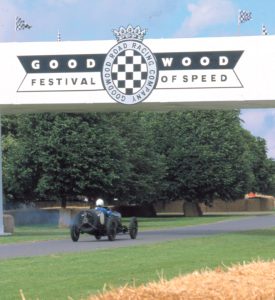
On hand to compete, demonstrate or just mingle were former World Champions: Phil Hill, Jackie Stewart, Sir Jack Brabham, Emerson Fittipaldi, John Surtees, Alan Jones and Damon Hill. Also present were current F1 drivers Jean Alesi, Johnny Herbert, Jenson Button, and an endless array of yesterday’s stars: Sir Stirling Moss, Junior Johnson, Bruno Giacomelli, Tony Brooks, Jean Guichet, Rene Arnoux, Jochen Mass, Dan Gurney, Jacky Ickx, Jackie Oliver, Richard Attwood, Indy “boss” Tony George, Roy Salvadori, Derek Bell, John Watson, Bob Tullius, Eddie Cheever, Martin Brundle and David Brabham to name but a few. All the stars were found to be enjoying the scene and the cars as much as the spectators, though perhaps the crowds this year made the effort a little greater to get to see your particular favorite.
Action on the hill was somewhat restrained after the Saturday crash (see accompanying story), but there were classic battles nevertheless through all the classes aimed at showing off the prowess of 100 years of motorsport. Aussie Peter Briggs had a lively run in his 1904 Napier Record car while Swiss Lukas Huni flew in the Bugatti Type 35 originally raced by Maurice Trintignant and his brother. Most splendid of the early cars was George Wingard’s 1914 14-liter Fiat Grand Prix car, a huge machine with an impressive record in racing.
In the mid-century group, Barrie Baxter took his TecMec Maserati 250F to a superb class win after a two-day battle with Willie Green in Robin Lodge’s Lancia D-50 recreation which was making its first competitive appearance. The D-50 has now been granted its historic papers and will be out racing regularly. The TecMec is one of the very last 250Fs with disk brakes, appearing in 1959, too late to mount a serious world championship challenge.
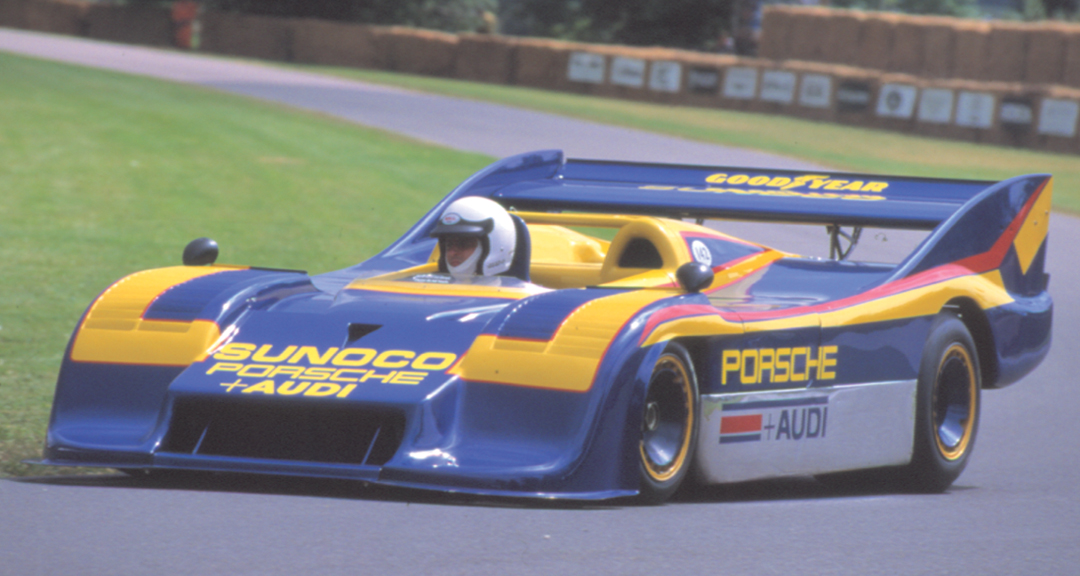
Among the moderns, there was hard running from the current F1 boys, Herbert and Button, but the slight dampness on Sunday saw interloper Martin Stretton in Simon Bull’s 1977 Tyrrell P-34-6, the famed six-wheeler Grand Prix car, take Best Time of the Day, not that far off the hill record. Fittipaldi and especially Jean Alesi in Paul Osborn’s Tyrrell were trying equally hard as the real racers couldn’t resist the opportunity.
Submitted by Ed McDonough


